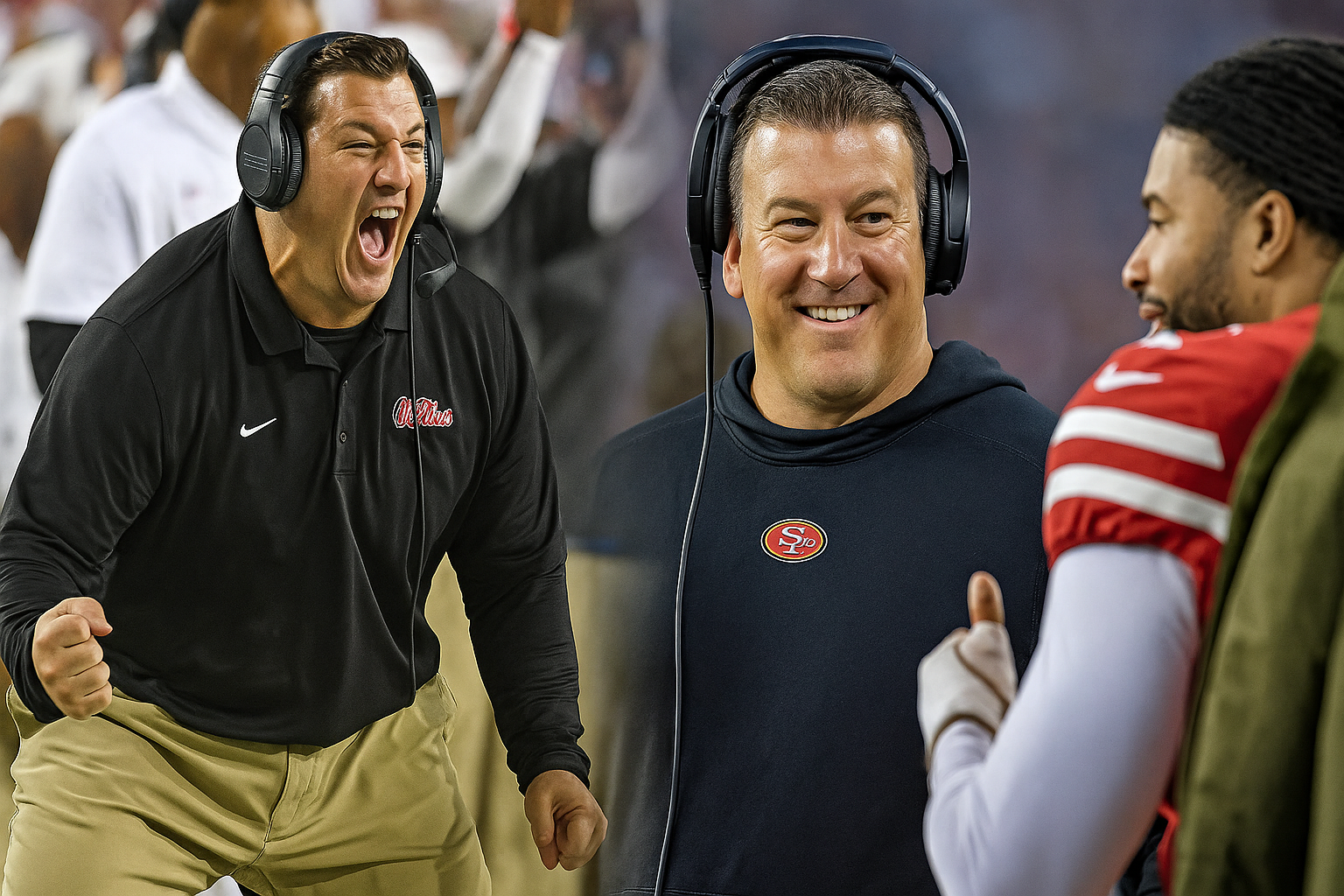Chiefs vs Giants: A Comprehensive Look at One of the NFL’s Most Intriguing Matchups

The phrase “Chiefs vs Giants” carries a weight of expectation in the NFL. Whether it’s two powerhouse offenses clashing, a defensive showdown, or simply a narrative-rich contest, the pairing of the Kansas City Chiefs and the New York Giants is always a fixture that demands attention. In this article, we will examine the history, recent performances, key players, tactical matchups, and what to expect when these two storied franchises square off.
Historical Context: Traditions and Turning Points
The rivalry between the Kansas City Chiefs and the New York Giants may not carry the decades‑long continuity of some NFC vs. AFC matchups, but it has produced some unforgettable moments. Historically, the Chiefs originated as an AFL team before the AFL–NFL merger in 1970, and throughout their evolution, they’ve often stood in contrast to franchises like the Giants, who represent the older, more establishment side of the NFL’s history. The Giants were established in 1925, giving them almost a half‐century head‑start on the Chiefs in terms of league heritage.
In their rare but memorable encounters, fans have witnessed massive swings in momentum. One such moment came during a playoff game when the Chiefs’ explosive offense overwhelmed the more traditionally conservative Giants game plan. On the other hand, there have been surprising Giants upsets, where New York relied on stout defense, rushing attack, and opportunistic turnovers to stymie Kansas City’s aerial assault. These historical benchmarks illustrate that Chiefs vs Giants is not just about numbers or pedigree—it’s about adaptability, coaching vision, and handling pressure in big moments.
Recent Form and Momentum
When evaluating Chiefs vs Giants in recent seasons, momentum matters. The Chiefs, led by Patrick Mahomes, have established themselves as one of the premier offenses in the league. Mahomes’ improvisational skills, coupled with weapons like Travis Kelce and a set of versatile wide receivers, give the Chiefs an ability to strike quickly, whether through deep passes or creative play designs. Meanwhile, their defense, though historically more volatile, has shown improved consistency under newer coaching regimes, particularly in forcing turnovers and closing out tight games.
The Giants, by contrast, have experienced periodic flashes of success, especially when their run game is effective and their defense pressures the quarterback. The hiring of strong defensive coordinators has bolstered their ability to limit big plays. Offensively, their success often hinges on a balanced attack: a rushing pair that can grind out yardage and a quarterback who minimizes mistakes. In matchups against high‐powered offenses like Kansas City, New York’s best chance lies in controlling time of possession and keeping big plays in check.
Momentum into a Chiefs vs Giants matchup often tilts heavily in Kansas City’s favor simply because of their recent record and offensive firepower. However, Giants’ games tend to carry an edge—that extra bit of emotional and strategic physicality—especially at home, where the crowd and the nostalgic weight of the franchise are factors that cannot be ignored.
Key Players to Watch
In any Chiefs vs Giants game, certain names often dominate previews and analysis. For the Chiefs, Patrick Mahomes is, of course, the central figure. His ability to extend plays, throw under pressure, and make unconventional decisions under duress makes him uniquely dangerous. Pairing with him, Travis Kelce serves as not just a safety valve but often as the focal point of mismatches. When the Giants’ linebackers or safeties are forced to decide whether to cover Kelce or support against the run or other receivers, it puts significant stress on their defensive schemes.
On the Giants’ side, the quarterback position becomes critical: someone who can avoid turnovers and make smart decisions under pressure. Their rushing corps—running backs and blocking—must deliver consistent yards to keep the chains moving, especially against the Chiefs’ knack for creating turnovers or big passing plays. Defensively, players who excel in pressuring the quarterback and defending the sideline routes are essential. Edge rushers who can collapse the pocket and secondary players who can limit yardage after catch can tip the balance.
Beyond individual matchups, coaching decisions often decide these games: clock management, fourth down calls, two‑minute offense, red‑zone efficiency. The Chiefs, under Andy Reid, are known for aggressive play‑calling and trick plays that can shift momentum. The Giants, when successful against such a team, typically lean into disciplined schemes, sound fundamentals, and exploiting any lapse in Chiefs’ defensive alignment.
Tactical Matchups: Offense vs Defense, Run vs Pass
The most compelling facet of Chiefs vs Giants matchups is the contrast in offensive philosophy and defensive resilience. Kansas City tends to lean heavily on the passing game, using motion, spread concepts, deep routes, and high tempo to stretch defenses. If given space, receivers like Mecole Hardman or JuJu Smith‑Schuster, alongside Kelce, become open options. Their run game often plays second fiddle but is essential in converting short yards and managing the clock.
The Giants generally prefer a more balanced or run‑leaning offense, especially when they sense weakness in the opponent’s run defense. Long, sustaining drives can chew up time and keep Mahomes and his receivers off the field—this is a key part of New York’s strategy when facing an elite offense. Their ability to control the line of scrimmage, both in the run game and in pass protection, becomes essential.
Defensively, Chiefs vs Giants is a battle of pass rush vs protection. Kansas City’s pass rush, when clicking, can force hurried throws, sacks, and turnovers. If the Giants’ offensive line falters or their running backs are insufficient in blitz pick‑ups, the pressure can cascade. Conversely, the Chiefs’ defense must contain the Giants’ ground game, prevent chunk plays, and limit red‑zone scoring. Turnovers often decide tight contests: interceptions, forced fumbles, especially in the fourth quarter.
Special teams often get overlooked but can determine field position, momentum, and scoring in Chiefs vs Giants games. A punt return touchdown or blocked FG can shift momentum dramatically, especially if the underdog (often New York) can capitalize on those short fields or swing play moments.
Psychological and Environmental Factors
When Chiefs take on Giants, the external variables often play a surprisingly large role. Traveling, crowd noise, weather, and altitude (though Kansas City isn’t at high altitude, New York can face cold conditions late in the season) can all impact performance. For instance, wind at MetLife Stadium can affect passing and kicking games. Rain or snow can turn the game into a running‑and‑defense slugfest.
Psychological pressure is another factor. Kansas City often enters as the favorite, with expectations to win. That mental weight can either steel players or lead to overconfidence. Giants, when underestimated, tend to play with chip‑on‑shoulder intensity. Coaching staffs often talk about the “momentum swing” in such games: a Chiefs turnover, an explosive Giants run, or a big third‑down stop can energize the home crowd and shift the game’s tone.
The importance of early success is magnified in Chiefs vs Giants. If the Chiefs can score quickly or force the Giants into negative plays early, they can seize control. The Giants, in turn, need to stay within striking distance, avoid falling behind by more than two scores, and leverage any chance to quiet the Chiefs’ offense.
Case Studies: Memorable Chiefs vs Giants Games
One of the classic instances of Chiefs vs Giants tension came in the playoffs, where every possession matters. In that setting, Kansas City’s ability to execute under pressure—whether via Mahomes’ improvisation or his receivers making contested catches—was matched by New York’s reliance on physicality and defensive discipline. The Giants have pulled off upsets, particularly when their pass rush has disrupted timing, and their offense has capitalized on short‑yardage opportunities and turnovers.
Another example is a regular season matchup where both teams were bouncing back from losses. The narrative around desperation, redemptive plays, and breakout performances made such games high stakes, even though they didn’t carry postseason implications. In those games, the Chiefs’ creativity in play design was pitted against the Giants’ adaptability and ability to adjust mid‑game.
These past games also show that Chiefs vs Giants is rarely boring. Even when the score is lopsided, key individual moments—long touchdown receptions, game‑altering interceptions, morale‑shifting special teams plays—often punctuate the contest and provide highlights that live on in fans’ memories.
What to Expect: Predictions and What Could Decide the Outcome
Looking ahead to the next Chiefs vs Giants matchup, several factors will likely dictate the result. First, health: injuries in key positions (quarterback, offensive line, defensive line) can swing the scale. If Mahomes is at full strength and the Chiefs’ offensive line holds up, Kansas City will have a big advantage. Conversely, if New York enters with healthy running backs and a pass rush that can pressure without excessive blitzing, they can create chaos.
Second, turnover margin is always critical. Chiefs often thrive when they force interceptions or fumbles and convert them into points. Giants will need to protect the ball and try to generate turnovers themselves, whether through sacks, forced fumbles, or defensive backs jumping passing lanes.
Third, red‑zone efficiency. Close games often come down to whether teams can score touchdowns instead of settling for field goals. The Chiefs have historically been strong in this area, and the Giants must be sharp in both offense and red‑zone defense to stay competitive.
Fourth, special teams and field position. As mentioned earlier, a big return, a blocked kick, or strong punting downfield can shift momentum. In tight games, the team that dominates in hidden yardage (punts, kickoff returns, avoiding penalties) often emerges on top.
Finally, coaching adjustments. Midgame adaptation—changing defensive looks, protecting Mahomes from pressure, adjusting to weather conditions—can prove decisive. The best coaches on both sides will likely prepare multiple plans, but the one who executes them better under stress will have the edge.
Conclusion: The Significance of Chiefs vs Giants
The matchup between the Chiefs vs Giants represents much more than a regular season fixture. It’s a collision of styles—high‑octane offense vs physical defense; improvisation vs discipline; expectation vs underdog grit. Each encounter is layered with strategic intrigue, individual brilliance, and the possibility that any moment can shift the balance. For fans, it’s a reminder of what makes the NFL compelling: unpredictability, the capacity for players to rise to big occasions, and the drama inherent in elite competition. As the next Chiefs vs Giants game approaches, all eyes will be on who delivers under pressure, who seizes opportunity, and who writes their name into the narrative of this outstanding rivalry.



